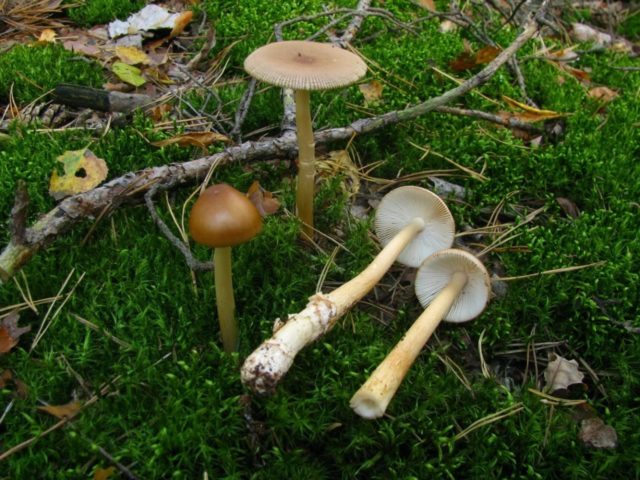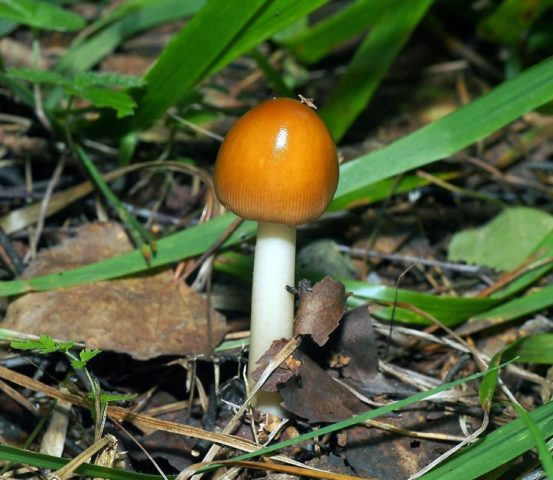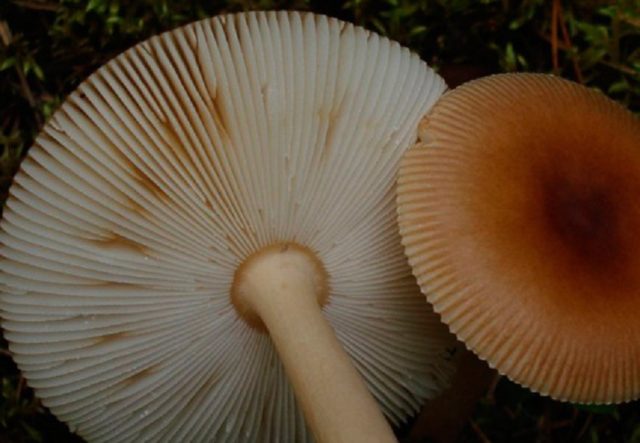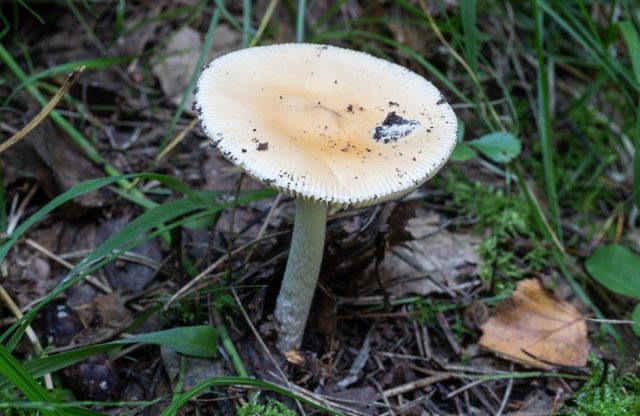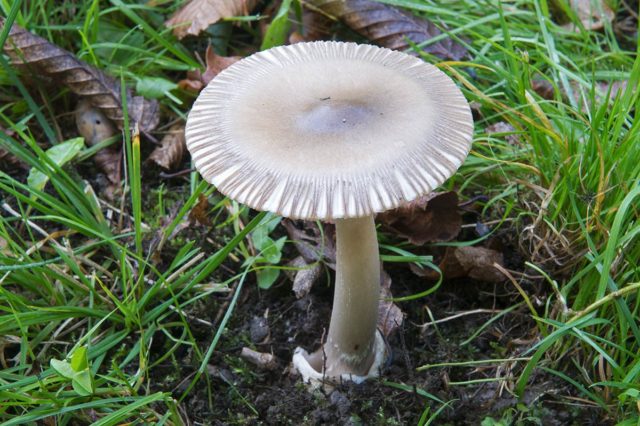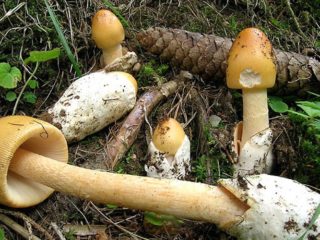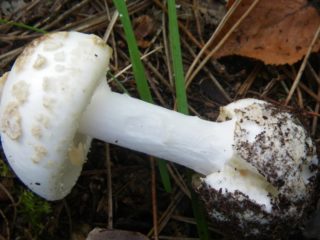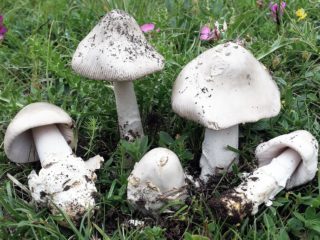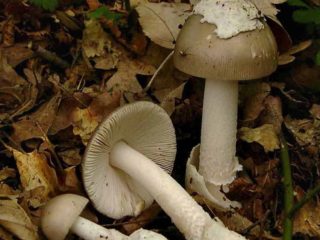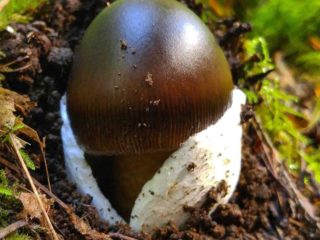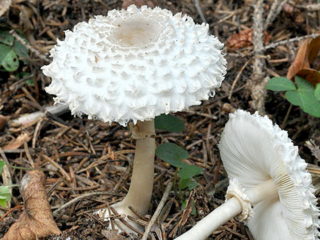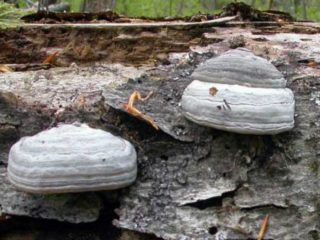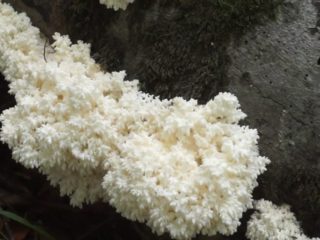Content
The yellow-brown float is a rather unremarkable representative of the mushroom kingdom, very common. But its belonging to the family Amanitaceae (Amanitovye), genus Amanita (Amanita), raises a number of doubts about edibility. In Latin, the name of this species sounds Amanita fulva, and the people call it orange, yellow-brown fly agaric or brown float.
What does a yellow-brown float look like
A fairly common and widespread yellow-brown float is considered safe for humans, but due to its belonging to the Amanita genus, even experienced mushroom pickers are somewhat wary of this mushroom.
The float itself has a fruiting body of a well-formed cap and leg (agaricoid), a hymenophore is lamellar.
Description of the hat
A young amanita mushroom yellow-brown has an egg-shaped cap with curled edges, which, with its growth, straightens out and becomes flat in diameter from 4 to 10 cm with an inconspicuous tubercle in the center. The color is uneven, orange-brown, darker in the middle up to a brown shade. The surface is smooth, slightly mucous, grooves are clearly visible along the edge.
The pulp is rather fragile, watery, more fleshy in the center of the cap. On the cut, its color is white, the smell is slightly mushroom, the taste is sweetish.
Hymenophore with plates often located not adherent to the pedicle. The color is white with a yellowish or creamy tinge. The spore powder is beige, the spores themselves are spherical.
Leg description
The leg is regular in shape, cylindrical, rather high - up to 15 cm. Diameter - 0.6-2 cm. Rings, like a typical fly agaric, have no rings. But there is a sack-like free Volvo, on which you can see yellow-brown spots.
The surface of the leg is solid white with an orange tint, smooth, sometimes with small felt scales. Inside, it is hollow, the structure is dense, but rather fragile.
Where and how it grows
The yellow-brown float grows everywhere practically throughout the continent of Eurasia - from the countries of Western Europe to the Far East. It can also be found in North America and even in northern Africa. In Russia, it is considered a common and fairly common species, especially in Western Siberia, Primorsky Territory, Sakhalin and Kamchatka.
It grows more in coniferous and mixed forests, less often in deciduous ones. Prefers acidic soils and wetlands.
The fruiting period is long - from early summer to mid-autumn (June-October). Fruit bodies grow both singly and in small groups.
Is the mushroom edible or not
The yellow-brown float is classified as conditionally edible, while it has a weak, but pleasant taste.Due to the fragility of the pulp, this mushroom is not very popular with mushroom pickers, since in general it is almost impossible to bring the fruit bodies home.
Doubles and their differences
Among similar species with a yellow-brown float, the following can be distinguished:
- float yellowing, also related to conditionally edible, is distinguished by a lighter pale yellow color and the absence of spots on the Volvo;
- float umber yellow, is also considered conditionally edible, differs in the color of the cap without brown tones, as well as in a light shade of the edges.
It is also worth noting that outwardly, almost all floats are similar, and they belong to a number of conditionally edible ones. But specifically, the brown float can be distinguished from many representatives of poisonous fly agaric by the absence of a ring on the leg.
Conclusion
The yellow-brown float is a close relative of poisonous fly agarics, but unlike them, this species is still considered conditionally edible and safe for consumption after prolonged boiling. The taste is poorly expressed, therefore, the fruit bodies still do not represent any special gastronomic value. Also, mushroom pickers are not of interest due to fragility.
